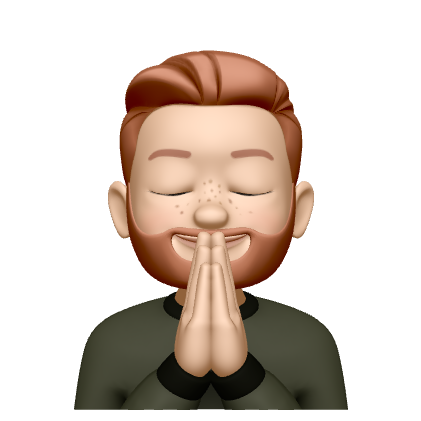There was a time in late 2018 where we were having real trouble shipping the things we had planned to ship within the timeframe we’d estimated. I remember a particularly gnarly project where we wanted to enable our users to book multiple spaces within a given location – instead of being able to book just one space per location at a time. What we’d originally estimated to take roughly 3 sprints ended up taking around 5. Some people on the team will still shudder if you mention “multi-space bookings”.
For context: At store2be, we’re building a platform where brands and live marketing agencies can book promotion spaces in physical locations such as shopping malls, train stations, universities, airports, public spaces and more.
Since then, we’ve started to implement Shape Up – a product development framework developed at Basecamp and put into writing by Ryan Singer a few months ago. For the purpose of this post, I’ll assume familiarity with the framework. If this is your first time hearing of Shape up, you best get started by reading the book (online or PDF) or by listening to some of the podcasts linked here.
Continue reading “Implementing Shape Up: A Case Study”
If you don’t know something today, you google it. That’s great for a lot of things, for example if one of your biggest concerns is settling dinner-table arguments around “Who played X in the movie Y again?” or “When exactly did Z happen?”. Googling has become such a knee-jerk reaction to any question for my generation (90s) and the ones after us – but it’s not always helpful.
When I entered the workforce at age 26, I joined a new company as one of their first full-time hires. It was four co-founders, me, a programmer and a few interns. None of us had any real work experience. So when you’re dealing with nuanced topics like Product Management, Strategy or Marketing, let me show you what a 26-year-old who’s just getting started in any of these roles, on a team with no experience to guide him, would learn by googling.
Continue reading “(Not) Learning by Googling”
While working on an internal document on the progress that we’ve been making in moving towards continuous product discovery, I came across The Place of UX by Ryan Singer of Basecamp. A thing he wrote in the comments stood out to me in particular:
[W]hen we work on entirely new products … [it’s better to have] a small intensely collaborative pool who figures everything out together.
As I am currently working on a product that is more or less entirely new, this comment was immediately relevant to me. But initially, I took this comment as an advocacy for letting everybody on a small team working on a new product figure everything out. With the dual tracks of product discovery and product delivery on a product team now accepted knowledge, at least to my understanding, this sounded a lot like running a single-track team. But let’s back it up a bit.
Continue reading “Wavelengths of Product Discovery and Delivery”
